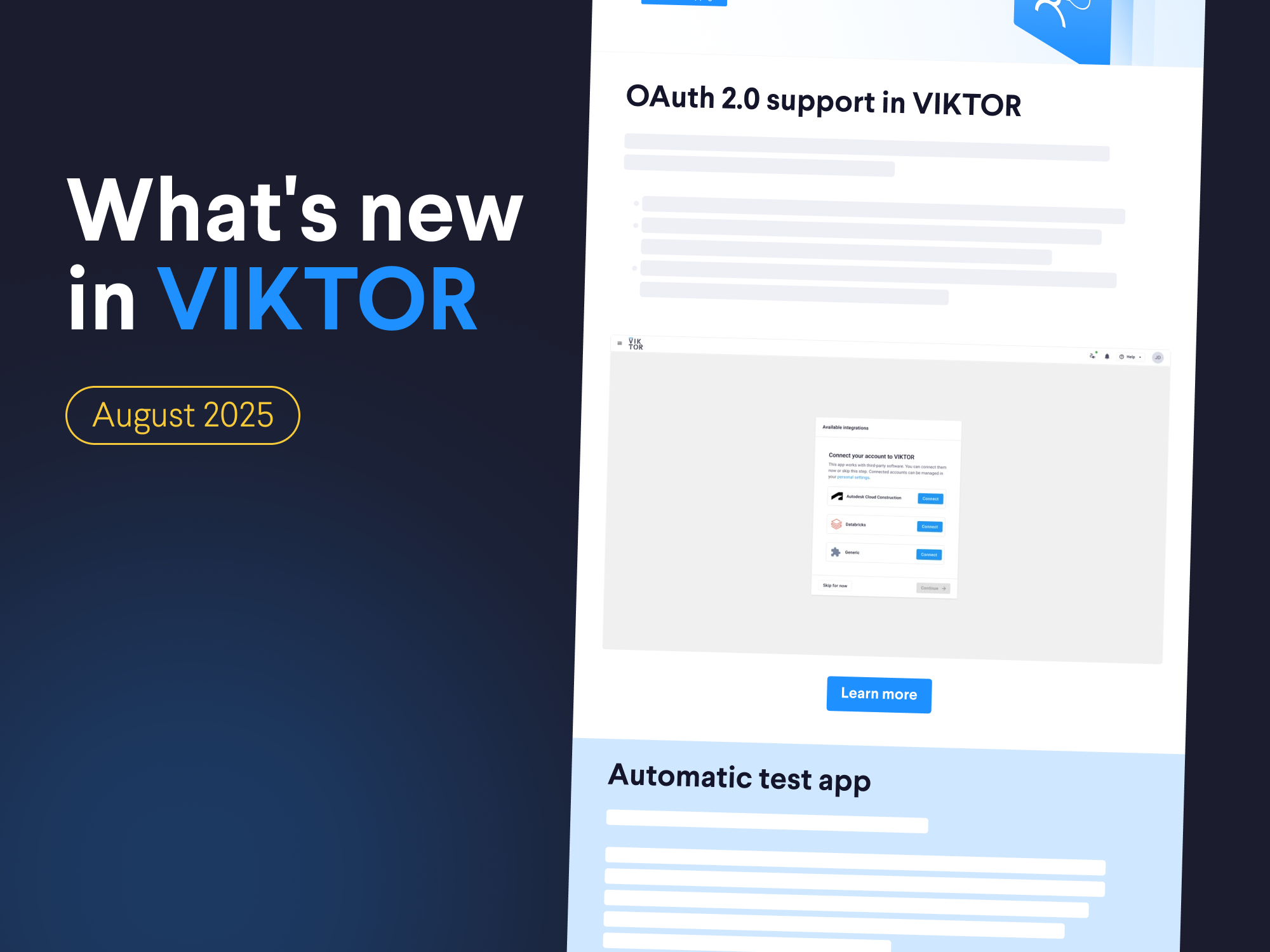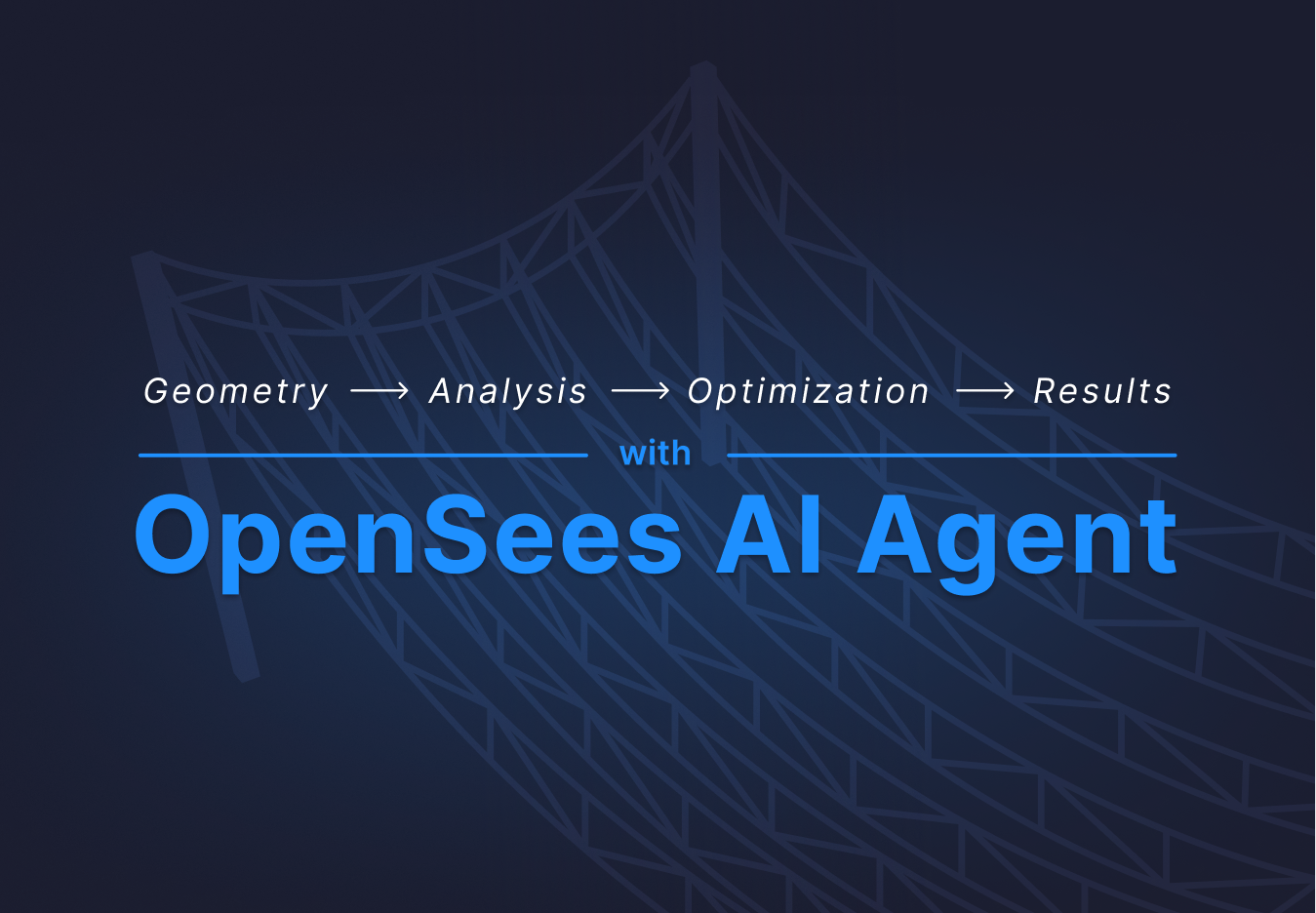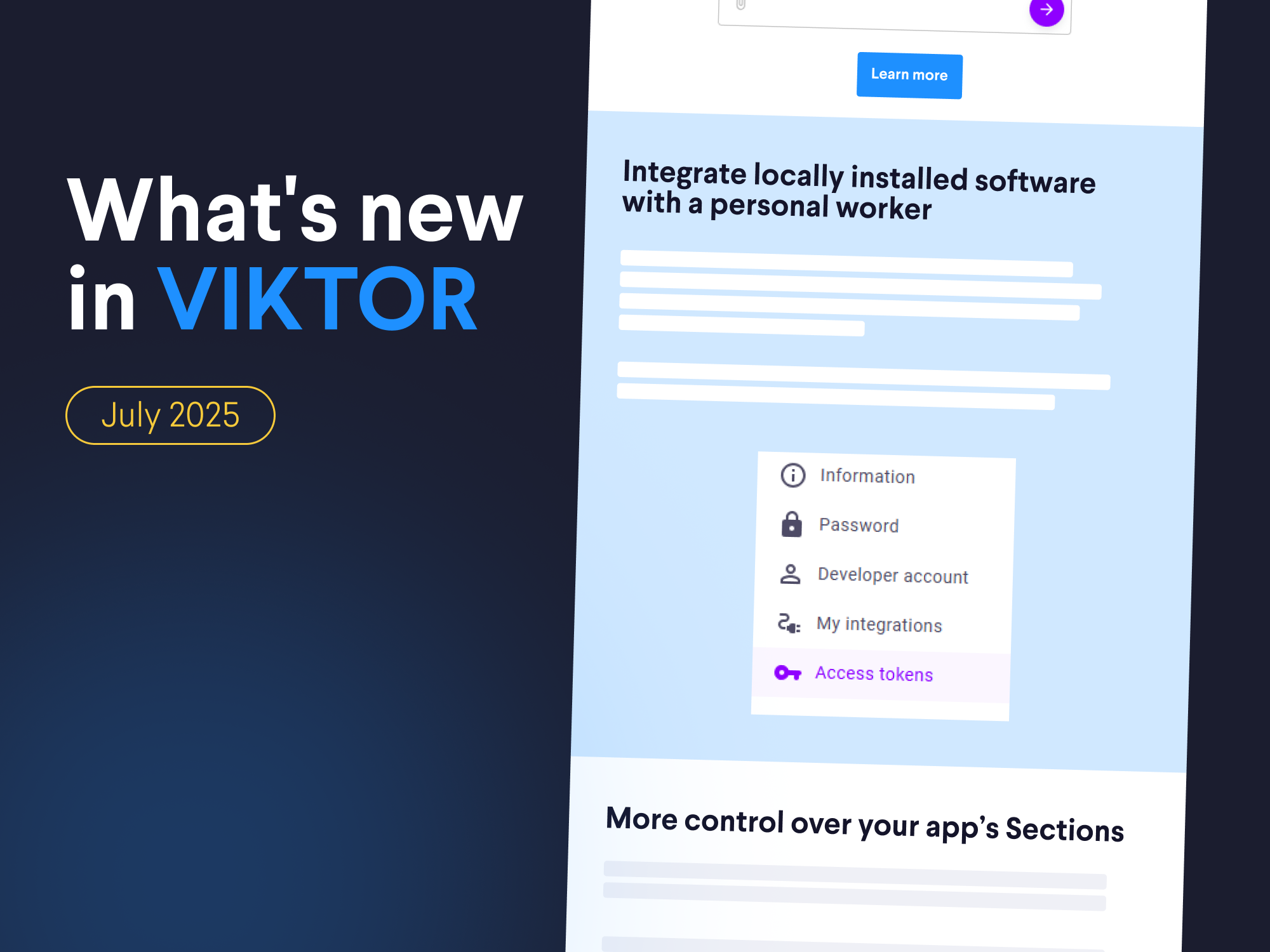May 21, 2025
UCODE 2025: Where AI Meets AEC Innovation
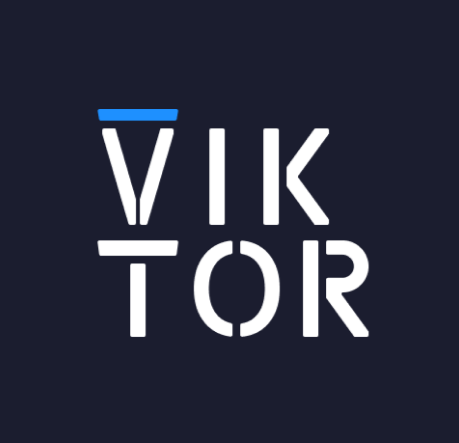
by VIKTOR
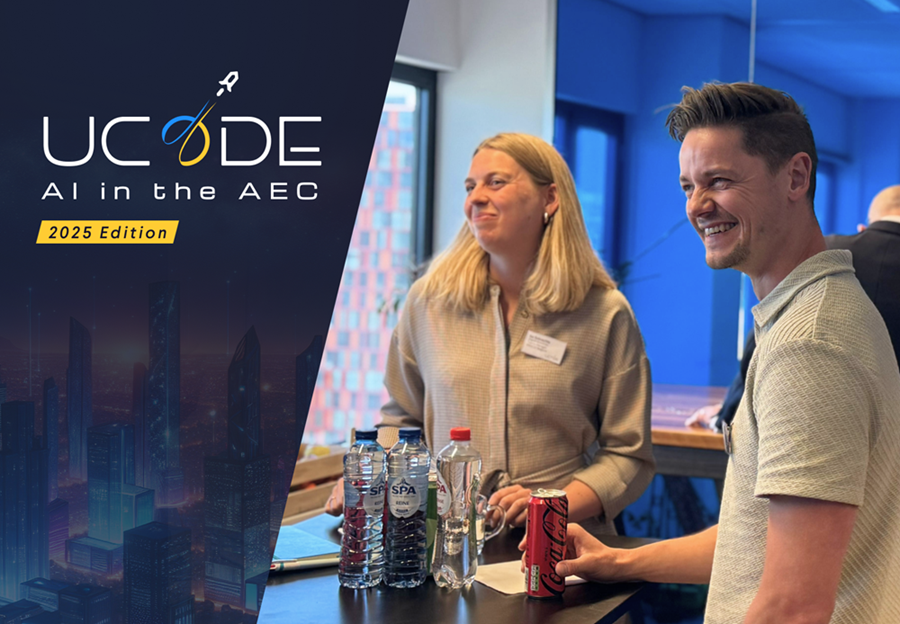
This year’s version of UCODE was in-person gathering, with space for meaningful conversations. Attendees included engineers, data specialists, and digital leads working at the intersection of design, construction, and technology. The program featured a mix of talks, live showcases, and a collaborative prompting challenge, all centered around one question: how can we use AI to solve real problems in the built environment?
This blog highlights the key takeaways from the day.
The UCODE program
UCODE was created to give engineering teams and digital professionals the opportunity to connect, learn, and share practical applications of new technologies. As VIKTOR Co-Founder and CSO Wouter Riedijk mentioned in his opening remarks, knowledge sharing is core to how innovation spreads, especially in an industry that’s under pressure to do more with less.
The 2025 edition focused specifically on AI in the AEC industry. With the rapid rise of large language models and AI tooling, many organizations are exploring how these technologies can support their teams in areas like design automation, data analysis, and quality control. But AI adoption also raises questions about governance, risk, and how to get started in a structured way.
The UCODE program was built to reflect those different angles: a mix of strategic insights, technical examples, and a live prompting challenge using the new VIKTOR App Builder.
Highlights from the Presenters
AI in the AEC | Rimma Dzhusupova, McDermott
Rimma Dzhusupova, Global AI Solutions Lead at McDermott and researcher at TU Eindhoven, opened the day with a clear and structured overview of the AI landscape. She explained the differences between AI, machine learning, deep learning, and generative AI, and outlined how these are already being applied in the AEC industry.
Common examples* include extracting information from engineering drawings (such as P&IDs in Process Engineering), automating material inspections with drone imagery (for example on wind turbines), and using pose recognition in construction to improve safety.
*Please note that these examples are publicly available and do not link to McDermott.

A central part of Rimma’s talk was dedicated to the EU AI Act. She broke down the core framework of the legislation and explained how it classifies AI systems by risk category, ranging from minimal to unacceptable risk. High-risk systems, which include many applications relevant to the AEC industry (such as safety-critical systems or quality assurance tools), must meet strict requirements related to transparency, human oversight, robustness, and data governance.
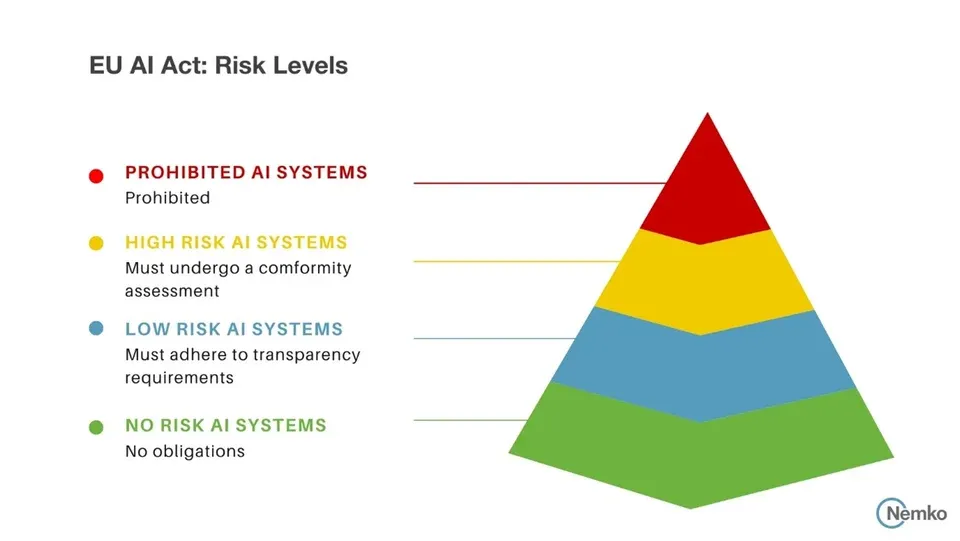
She stressed the importance for companies to proactively understand and prepare for these compliance requirements, especially as enforcement begins. For AI to scale responsibly, teams need to build with regulatory foresight, something many organizations are only just beginning to grasp.
Rimma’s talk served as a useful framework for attendees to understand not just what AI is and how it works, but also how to navigate the emerging governance landscape around it.
Citizen Development & AI | Nieke Sterkman, Boskalis
Nieke Sterkman, Program Manager AI Strategies at Boskalis, focused her talk on the practical aspects of adopting AI within a large, project-driven organization. At Boskalis, the ambition is to use AI not just for automation, but to support better decision-making, enhance operational efficiency, and drive measurable value across business units.
She shared how Boskalis developed a structured AI strategy anchored in four key pillars: vision, value realization, risk management, and adoption. One of the key insights was that they don’t start with data, but with business goals. This helps them identify the performance outcomes they want to improve, and only then do they determine what data and tooling are needed to get there.
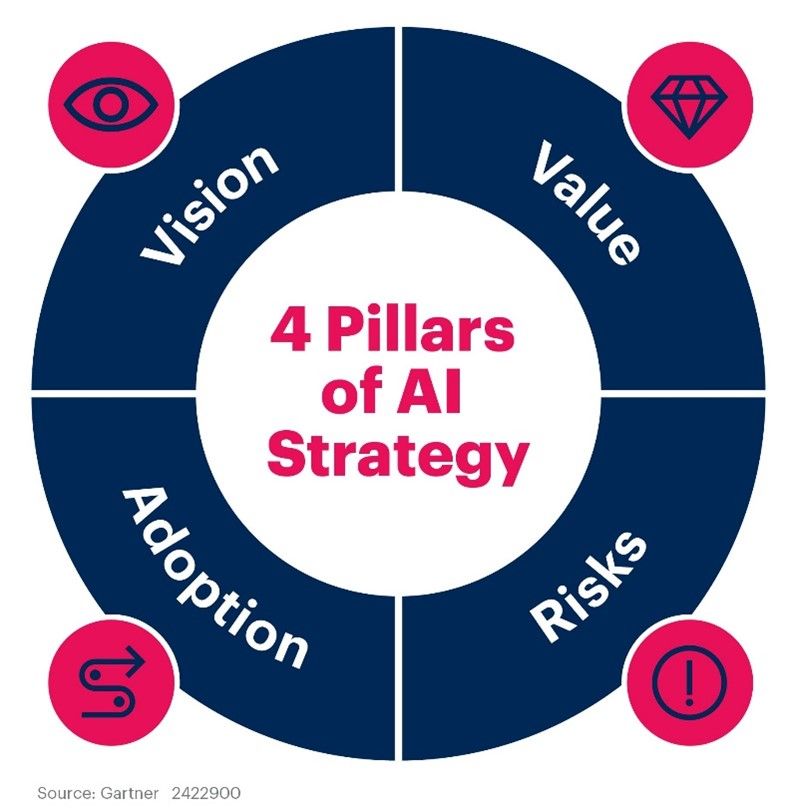
Nieke provided insights into how Boskalis is scaling AI internally. A dedicated AI team now serves as a central hub, supporting use cases across departments. Under the umbrella of "AIExcellence," the company has introduced formal roles for AI specialists, internal training programs, and targeted communications to help demystify AI and bring employees along on the journey.
A significant part of her talk highlighted the need for cross-functional collaboration. IT, engineering, and business leads need to align early for AI projects to succeed. Governance also plays a crucial role: by embedding risk assessments and ethical considerations into their development processes, Boskalis is actively mitigating the risks often associated with large-scale AI adoption.
Her talk offered a compelling example of how strategy, structure, and internal culture come together to make AI adoption successful at scale.
Vision & Strategy: The VIKTOR App Builder | Peter Madlener, VIKTOR
In the final talk of the day, CEO & Co-Founder Peter Madlener introduced VIKTOR’s latest development: the App Builder, designed to empower engineers to build and share web applications without needing to code from scratch.
Peter began by framing the broader context of the AEC industry. The sector is under immense pressure: responsible for nearly 40% of global CO₂ emissions, facing increasing demand for housing and infrastructure, and dealing with a persistent shortage of skilled professionals. Despite these challenges, the majority of engineers still rely on manual, disconnected processes.
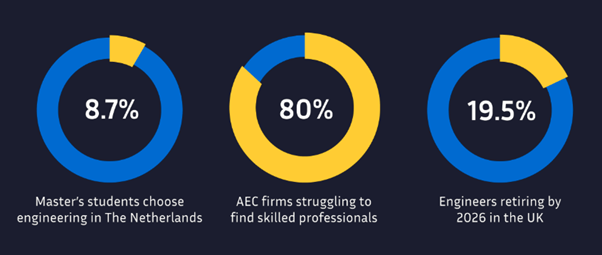
He pointed out a key blocker in scaling automation: fewer than 5% of engineers know how to program. This lack of technical fluency makes it difficult to turn ideas into tools. Generalist platforms like Lovable or low-code builders are often too generic to capture the specific needs of engineering workflows, and too limited to support more advanced logic or data integration.
This is where VIKTOR offers a distinct advantage. Built specifically for the engineering domain, the platform allows experts to turn domain knowledge into functional tools using Python or the new prompt-based App Builder. By significantly lowering the barrier to automation, VIKTOR helps organizations unlock the knowledge of their teams and scale their innovations without being held back by resource bottlenecks.
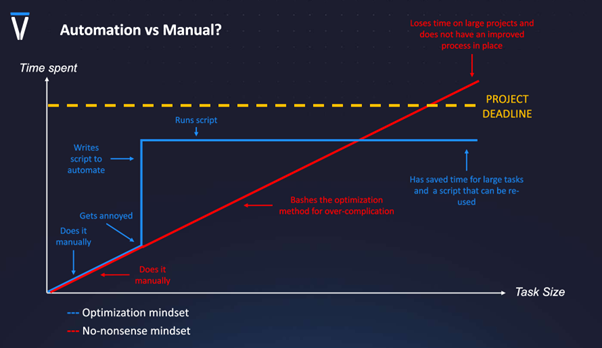
Peter’s talk made a strong case for why domain-specific platforms are key to unlocking digital transformation in the AEC industry.
The Prompting Challenge
Throughout the day, a different set of attendees took part in a prompting challenge. Using the VIKTOR App Builder, teams were tasked with creating functional apps using only prompts and logic. The challenge concluded with an award ceremony, showcasing the different approaches and solutions that teams came up with. It highlighted how quickly ideas can turn into working tools when the right technology is in place.
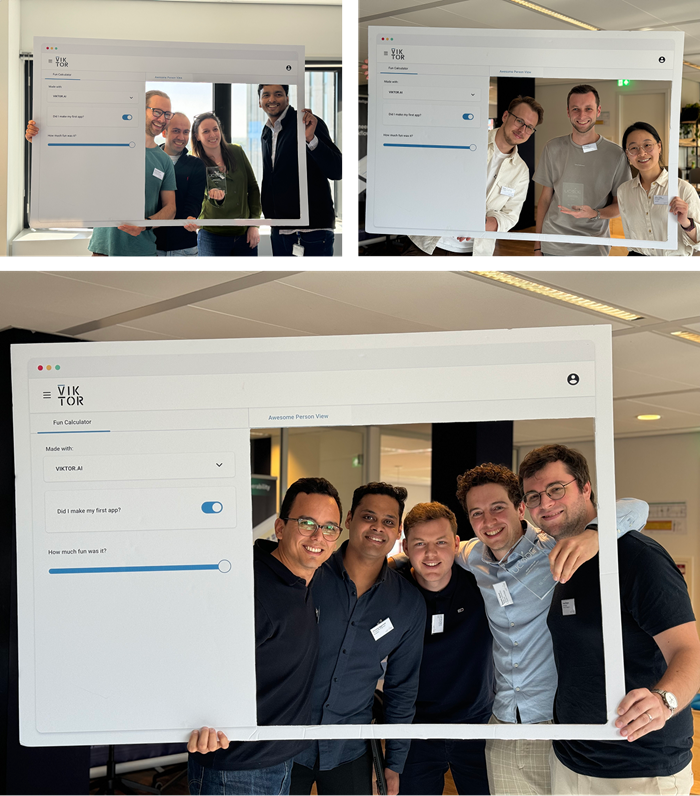
Conclusion
UCODE 2025 offered insights into the role of AI in AEC. From strategy and compliance to tooling and adoption, each session built on the same core idea: AI can drive real value when it’s grounded in practical application and organizational support.
Attendees left with fresh perspectives on how to approach AI in their own environments—whether that means starting an internal initiative, exploring prompting tools, or getting more hands-on with automation.
VIKTOR will continue supporting this journey and community. And with the success of this year’s event, conversations are already starting about what UCODE 2026 might look like.
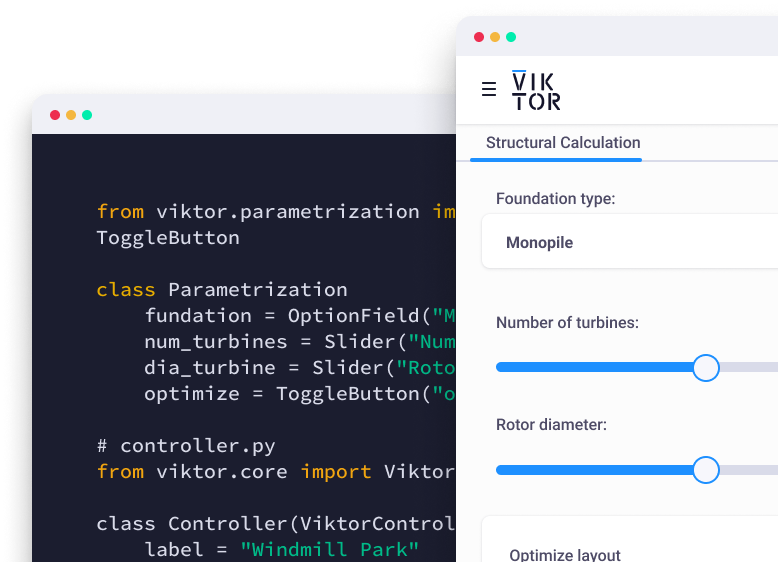
Start building apps for free
Related Blog Posts
Get our best content in your inbox
Subscribe to our newsletter and get the latest industry insights
